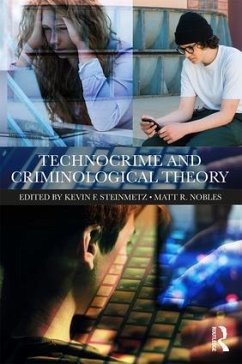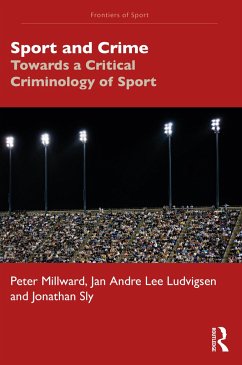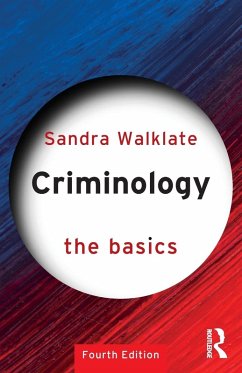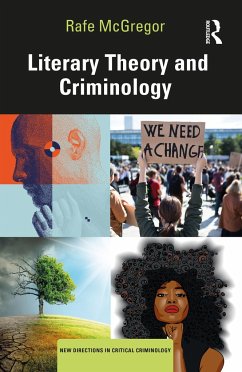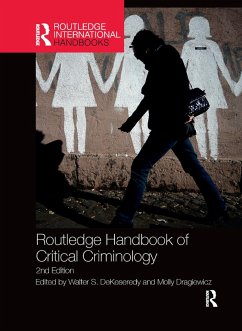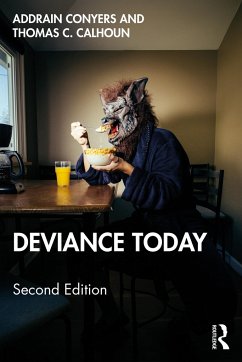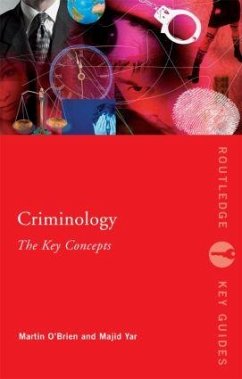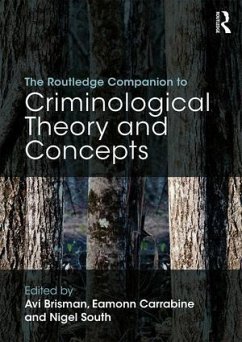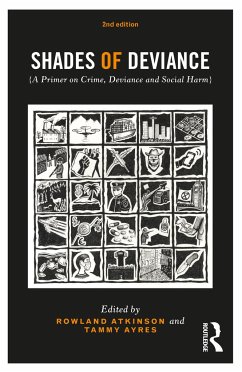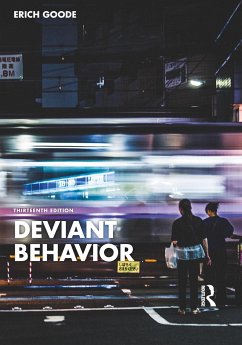
Essential Criminology
Versandkostenfrei!
Versandfertig in 2-4 Wochen
74,99 €
inkl. MwSt.

PAYBACK Punkte
37 °P sammeln!
In the fourth edition of Essential Criminology, authors Mark M. Lanier, Stuart Henry, and Desire .M. Anastasia build upon this best-selling critical review of criminology, which has become essential reading for students of criminology in the 21st century.Designed as an alternative to overly comprehensive, lengthy, and expensive introductory texts, Essential Criminology is, as its title implies, a concise overview of the field. The book guides students through the various definitions of crime and the different ways crime is measured. It then covers the major theories of crime, from individual-l...
In the fourth edition of Essential Criminology, authors Mark M. Lanier, Stuart Henry, and Desire .M. Anastasia build upon this best-selling critical review of criminology, which has become essential reading for students of criminology in the 21st century.
Designed as an alternative to overly comprehensive, lengthy, and expensive introductory texts, Essential Criminology is, as its title implies, a concise overview of the field. The book guides students through the various definitions of crime and the different ways crime is measured. It then covers the major theories of crime, from individual-level, classical, and rational choice to biological, psychological, social learning, social control, and interactionist perspectives. In this latest edition, the authors explore the kind of criminology that is needed for the globally interdependent twenty-first century. With cutting-edge updates, illustrative real-world examples, and new study tools for students, this text is a necessity for both undergraduate and graduate courses in criminology.
Designed as an alternative to overly comprehensive, lengthy, and expensive introductory texts, Essential Criminology is, as its title implies, a concise overview of the field. The book guides students through the various definitions of crime and the different ways crime is measured. It then covers the major theories of crime, from individual-level, classical, and rational choice to biological, psychological, social learning, social control, and interactionist perspectives. In this latest edition, the authors explore the kind of criminology that is needed for the globally interdependent twenty-first century. With cutting-edge updates, illustrative real-world examples, and new study tools for students, this text is a necessity for both undergraduate and graduate courses in criminology.





